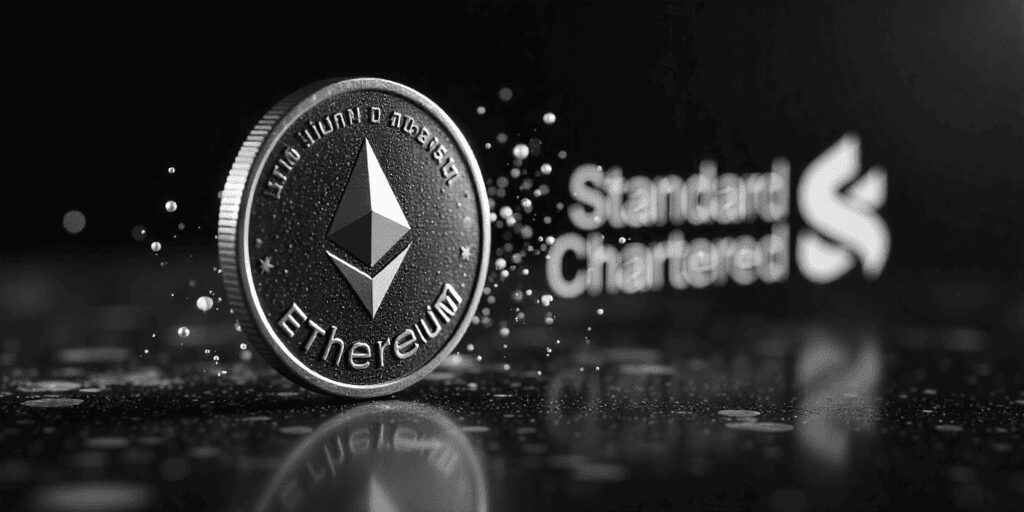Ethereum prices don’t just ride another market cycle. Something deeper is unfolding. Since June, corporate finance companies have quietly featured more than 1.26 million ETH. That is already one percent of the total ETH supply. According to Standard Chartered, this is just the beginning. Geoffrey Kendrick, head of digital assets research at the bank, believes this number could increase by 10 times. That means that the finance company owns 10% of all Ethereum in circulation.
This shift is more than just stacking coins. These companies leverage ETH and leverage decentralized finance strategies that ETFs still don’t have access to. They treat Ethereum as both a storage of value and a productive asset. This will significantly change the long-term demand equation.
How does this compare to Bitcoin?
For context, the Bitcoin finance company currently holds approximately 4.4% of its BTC supply. I hold nearly 3% on MicroStrategy alone. Ethereum is already seeing faster adoption in this sector. Sharplink Gaming has owned over 438,000 ETH since its latest acquisition. Bitmine aims to have 5% ownership, which translates to ETH of around 6 million people. These are the vast numbers of networks where staking yields and integration provide built-in value capture.
Ethereum price forecast: What is the chart telling you now?
Technically, Ethereum prices are integrated just below the 3900 mark. It reached its recent high at near 3886 and is steadily retained near the upper bollinger band. The upward trend that began in early July remains the same. Prices are comfortable above the 20-day moving average, and signaling continues to gain momentum.
The Fibonacci pivot level suggests that the 3800 is the key zone. Holding this level opens another push door to 4000. If that level is compromised with a strong volume, the next major zone is between 4500 and 4700. Failure to exceed 3750 can trigger short-term fixes, but there is strong support between 3500 and 3200.
Supply imbalances between demand and demand will begin
This is where it becomes interesting. If the corporate Treasury Department expands 10% of all ETH, that means an additional 8.7 million ETH will be drawn out of distribution. At current prices, potential demand is over $33 billion. And it doesn’t take into account ETH ETFs. ETFs have already added 2 million ETH over the same two months.
This creates a long-term supply shock that is difficult to ignore. Unlike traders and retail buyers, these finance companies are not looking for a quick exit. Their goals are long-term, low-liquidity movements and strategic exposure. This leads to fewer coins available in the open market.
What’s next for Ethereum prices?
If Ethereum Price could support and support the 4000, the technical setup will match the story of long-term demand from institutional buyers. The structure of the daily chart suggests that bullish continuation remains the path of least resistance.
However, the actual story is not about chart patterns, but about ownership patterns. As more companies track Bitmine and chase Sharplink into the accumulation of ETH, the market will begin to reflect it with price action. ETH prices are no longer just responsive to the market. It’s beginning to rebuild it.
Trade with OKX and win big
Trade ETH and trade chances to win and participate in the OKX McLaren giveaway campaign.
Trade ETH on OKX today and become part of what’s next for Crypto.
$eth, $ethereum, $ethrice, $ethereumprice, $ethetf, $standardchartered



